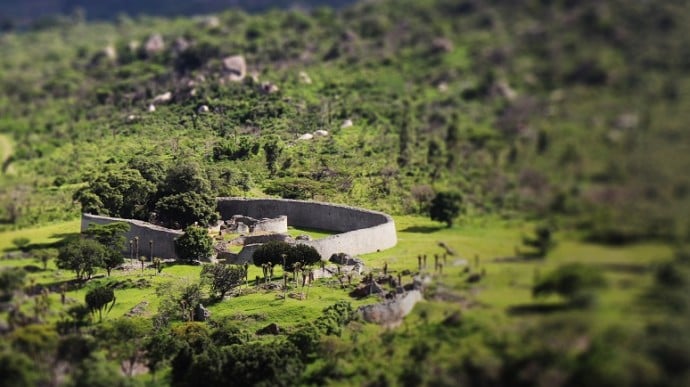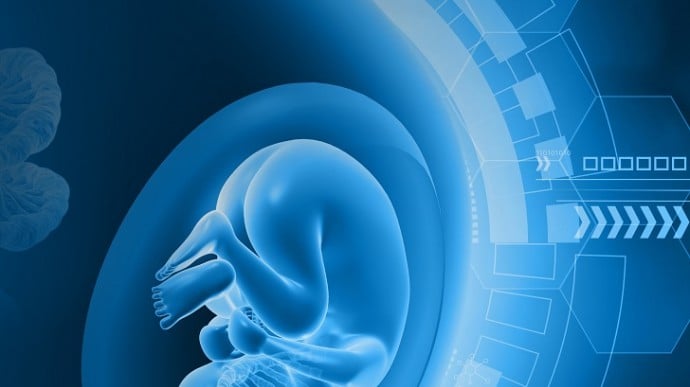 Story
Story
This edition is curated around the concept of One Health, in which the University of Pretoria plays a leading role globally, and is based on our research expertise in the various disciplines across healthcare for people, the environment and animals.
 Story
Story
Highly sophisticated water management techniques of ancient civilisations demonstrate the ingenuity of inhabitants who lived with limited water. It appears we need to look to the past to ensure a stable water supply in the future.
 Story
Story
A new study by researchers at the University of Pretoria (UP) and the University of Adelaide in Australia has revealed the real function of the giraffe’s long legs ¬– to reduce blood pressure.
 Infographic
Infographic
This infographic explains the long and short of a giraffe's legs. By having long legs, the giraffe is able to reduce the pressure it needs to get blood to its brain, thereby saving the animal energy.
 Photo
Photo
Using a digital creation known as an “elaffe” – a half-giraffe, half-eland chimera – researchers were able to demonstrate how blood pressure is reduced and how much energy is saved by a giraffe.
 Story
Story
What do stillbirths, child stunting and impaired cognitive development have in common? It could be that all these problems start in the womb, with a placenta that doesn’t function as it should. Researchers at the University of Pretoria’s Research (UP) Centre for Maternal, Fetal, Newborn and Child Health Care Strategies have been studying these problems for years.
Copyright © University of Pretoria 2025. All rights reserved.
Get Social With Us
Download the UP Mobile App